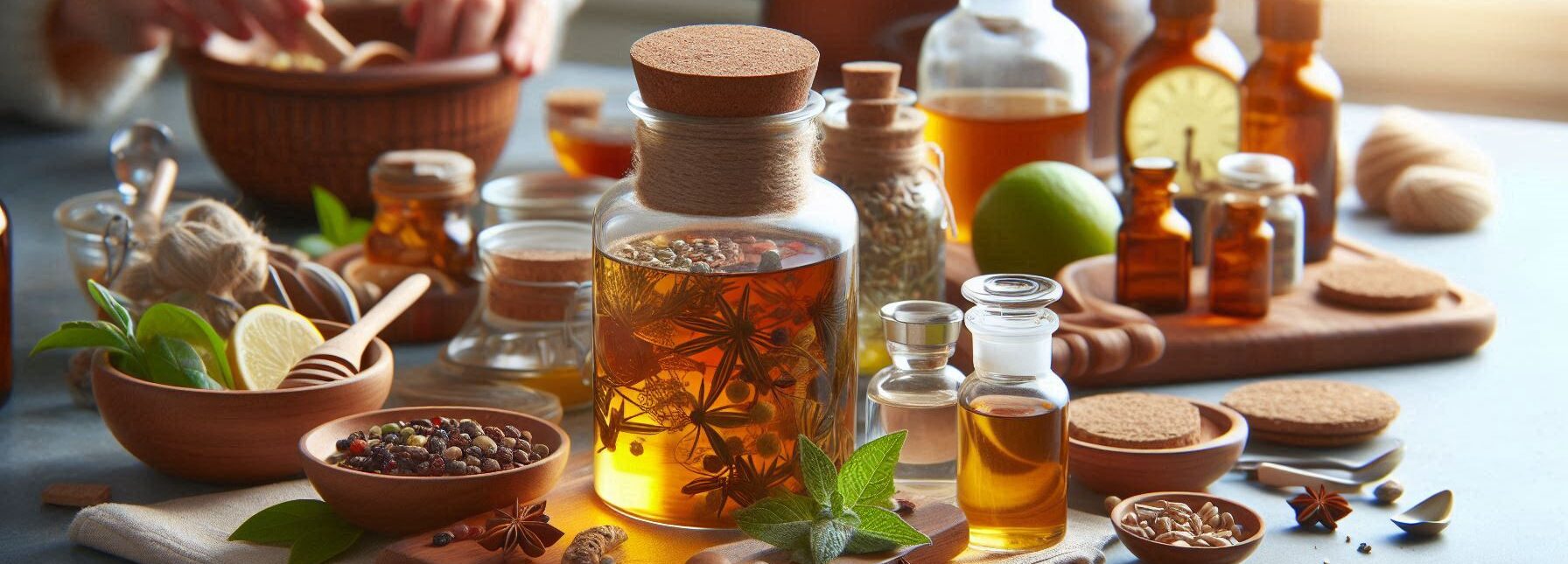Please Note: This post may contain affiliate links. If you click one of them, we may receive a commission at no extra cost to you. As an Amazon Associate, I earn from qualifying purchases.
Last Updated on November 2, 2025 by Kevin Collier

Top Takeaways and Key Concepts
- Pack a first-aid kit with bandages, gauze, antiseptic wipes, and tape.
- Learn to treat minor injuries like scrapes, sprains, burns, and stings.
- Improvise with clean natural materials, such as leaves, when supplies run out.
- Elevate injuries, stay calm, and seek help for severe cases.
- Practice basic field medicine with friends to build confidence and teamwork.
When you're out in the wild, it's all fresh air and sunshine, right? But then a bear pops up, and suddenly you’re hoping it doesn’t steal your granola bars. Knowing a bit about field medicine can save your trip from becoming a disaster.
Imagine this: you trip over a root and scrape your knee. Ouch! You don’t want to be stuck worrying about it when there’s a beautiful view to enjoy. Packing a few first-aid items can really help. Think band-aids, antiseptic wipes, and maybe some gauze. It’s like bringing a tiny superhero kit!
If someone gets a bee sting, don’t panic! Just check to see if the stinger is still in. If it is, gently scrape it out with your nail. Then, chill. Ice from a cooler or a cold stream can help. A little nature magic works wonders.
For bigger hurts, like a twisted ankle, elevating it can help. Speaking of which, find a comfy spot, maybe sit on a log. Stretch out that leg. Just like how nature takes breaks, we need them too.
It's a good idea to stay calm. Take a deep breath if you're feeling anxious. Keep in mind that you're not alone. Your buddies can help as well. Working together makes things easier, even when you're not in a hospital.
When you leave, make sure you have a friend with you, like a superhero team. The other person can either obtain aid or just be present if someone gets wounded. Asking for help is okay. You two can work things out.
Outdoor experiences are more fun when you know some fundamental tips. When you can deal with tiny challenges, you'll feel like a pro. Don't let bumps in the road mar your delight. Enjoy those granola bars and look at the trees. Who knows? You might have a terrific campfire story about that bear and how courageous you were when you helped someone.
Understanding Common Injuries and Ailments
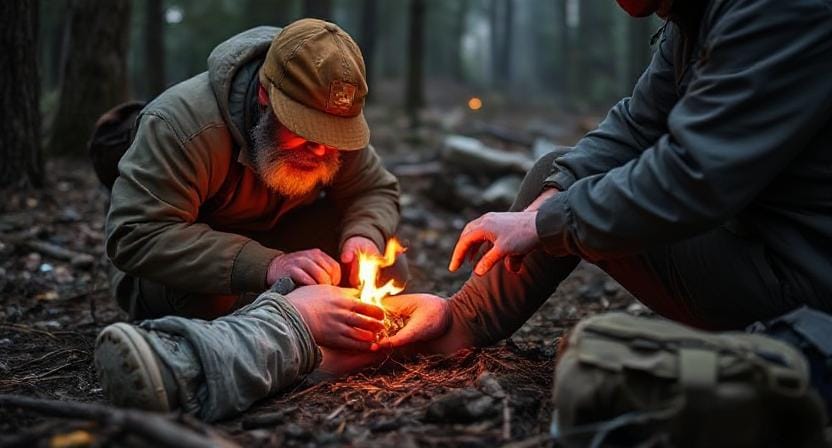
*** Shop for Survival Gear - Tools - Kits ***
Survival Gear - Bags and Backpacks - Knives - Boots/Footwear - Communication
Outdoor Cooking - Gloves - Hydration - Dry Boxes - Water Filtration Systems
Tents - Sleeping Bags - First Aid Kits - Multi-Tools - Flashlights - Fire Starters
Navigation - Survival Food - Night Vision - Headlamps - Stun Guns - Binoculars
First off, let’s talk about what kind of injuries you might encounter while embracing your inner Bear Grylls. Picture this: you’re hiking up a mountain, feeling like a champion, and then—bam!
You trip over a rock (which somehow looks suspiciously like it was placed there by an evil gnome). Now you have a sprained ankle or worse—a case of “I should have worn better shoes.”
Common injuries include cuts, scrapes, sprains, fractures, and even sunburn if you've spent too long soaking up those rays like a lizard on a rock. Each one requires different treatment approaches.
For instance, with cuts or scrapes, first clean the wound with water (not lake water unless you want to add ‘fishing’ as another survival skill) and cover it with sterile gauze or any clean cloth. And remember: if it’s bleeding like it's auditioning for a horror movie scene, apply pressure!
The Art of Improvisation
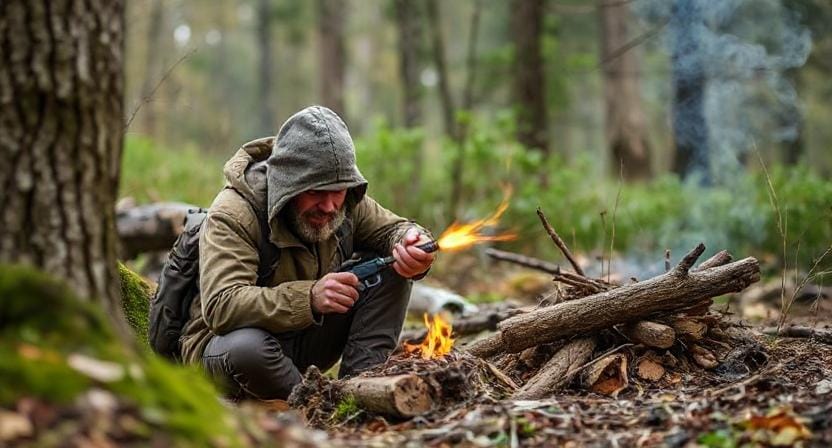
Improvisation is key in survival situations—not just for comedians trying to make people laugh but also for field medics who forgot their first-aid kit at home (guilty!). If you find yourself without proper supplies but need to patch someone up quick-like, look around! Nature provides.
For example, if you have no bandages handy but there are large leaves nearby (think banana leaves or something equally impressive), these can work well as makeshift dressings! Just ensure they’re clean—nobody wants dirt mixed into their wound dressing unless they’re going for that rustic aesthetic.
Creating Your Own First-Aid Kit
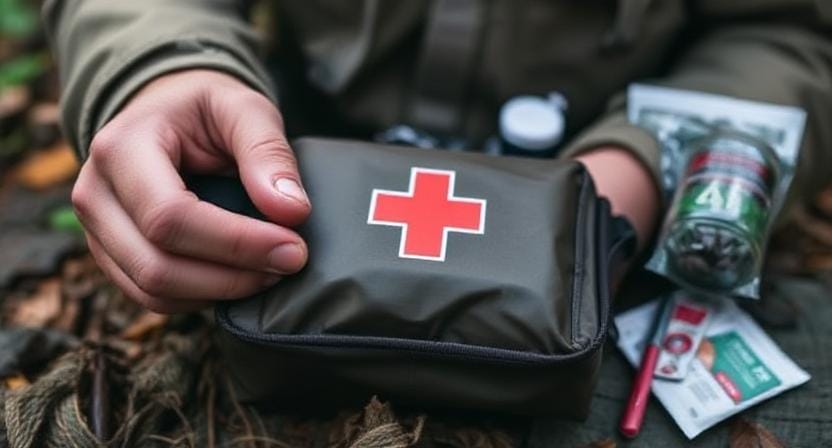
Every outdoor adventurer should have their own first-aid kit packed tighter than my jeans after Thanksgiving dinner. But what goes inside? Here’s my go-to list:
1. Adhesive Bandages: Because nobody likes walking around with scraped knees.
2. Gauze Pads: Ideal for larger wounds.
3. Antiseptic Wipes: To keep things squeaky clean.
4. Medical Tape: This stuff is magical; trust me.
5. Pain Relievers: Ibuprofen or acetaminophen will do wonders when your head feels like it's being squeezed by an angry bear.
6. Tweezers: Perfect for splinters or removing ticks—yikes!
7. Scissors: Handy for cutting tape or gauze…or maybe even string cheese.
If you're feeling adventurous (or slightly crazy), throw in some gloves and instant cold packs! After all, we don’t want anyone touching open wounds unless they’ve washed their hands thoroughly—or at least wiped them on something that doesn’t resemble last week’s leftovers.
Treating Burns Like A Pro
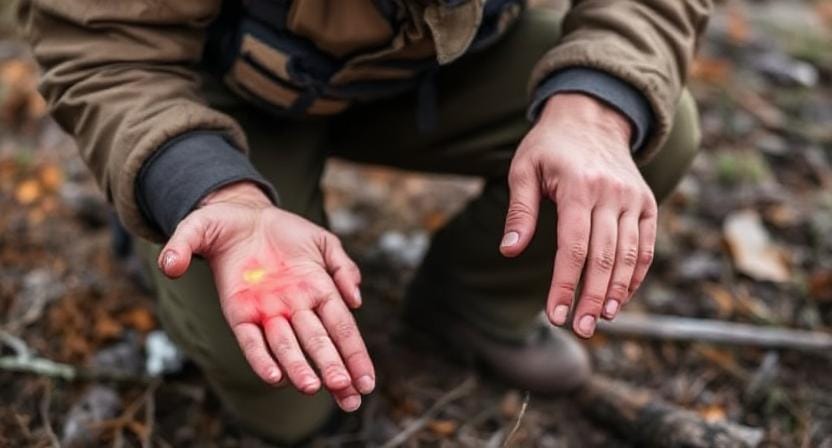
Now let's tackle burns because nothing says “outdoor fun” quite like accidentally grabbing that hot pot over the campfire instead of using oven mitts—which I’m convinced were invented by someone who never went camping!
If someone gets burned while cooking s'mores (a serious hazard), cool the burn under running water for at least 10 minutes.
After cooling down the area (and letting everyone know not to touch anything hot again), cover it with non-stick sterile dressing or even plastic wrap if that's all you've got available—just avoid cotton balls; they stick like glue! Remember not to pop blisters either; think of them as nature's little protective bubbles.
When It's Time to Seek Help
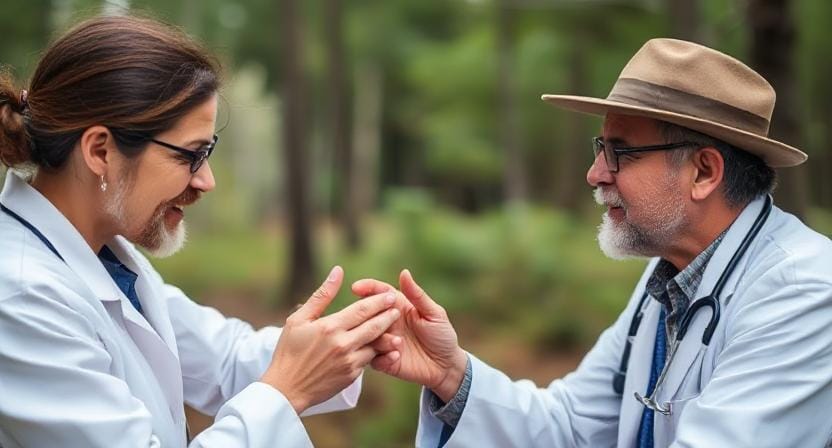
Let’s see—if things take a turn for the worse and you find yourself facing severe injuries (like broken bones sticking out of skin—ew!), know when it’s time to seek professional help. Not every situation can be managed in the wilderness; sometimes calling in reinforcements is necessary.
If possible, try signaling others nearby using whistles or bright clothing—you’d be surprised how effective waving frantically can be when done correctly!
And always carry an emergency communication device if you're heading into remote areas where cell service resembles that elusive unicorn everyone talks about but nobody ever sees.
Conclusion: Practice Makes Perfect
Let’s talk about getting ready for those awesome outdoor trips. Think of it like making a great burrito, all snug and wrapped up. You want everything in place before diving in. Practicing basic field medicine is kind of like that. It takes time, but it’s super helpful.
Imagine gathering your friends and family around a cozy bonfire. The smell of wood smoke is in the air. It’s perfect for learning! You can take turns with some basic first-aid skills. Maybe one person pretends to get a scraped knee while another plays doctor. It’s fun and sets you up for real adventures.
Trying to make campfire coffee? Oh boy, that's a whole adventure too. You remember those burned cups? No one wants that! Just like with first-aid, practice makes it better. Try different ways to brew it. Use a pot, or maybe even a French press. Ask your friends for their favorite ways. You might find something amazing!
While you’re practicing medicine, share laughs and stories. These moments create happy memories. Who knew learning could be so much fun? You might even discover you have a knack for treating scrapes. Or maybe you’ll invent the best way to make coffee.
When you’re out in nature, little things mean a lot. Knowing how to help a friend who’s hurt is magical. And making a delicious cup of coffee while you sit by the fire? That’s the cherry on top. You’ll leave the campsite feeling like a true adventurer.
So, get that bonfire going. Warm up with friends. With a little practice, you’ll be ready for whatever wilderness throws at you. You might even save someone’s day—or just keep them from grimacing over bad coffee! Sounds good, right?
Frequently Asked Questions
What items should a basic field first-aid kit contain?
Include bandages, antiseptic wipes, gauze, medical tape, and basic tools like tweezers and scissors.
How do you treat a minor scrape or cut in the field?
Clean the wound with safe water, apply antiseptic, then cover it with sterile gauze or a bandage.
What is the correct way to handle a bee sting outdoors?
Gently scrape the stinger out, then apply something cold like ice or cold water to reduce swelling.
How should a sprained ankle be treated in a survival setting?
Elevate the injury, rest it, and apply cold if possible to help reduce pain and swelling.
What can you do if you run out of medical supplies?
Use clean natural materials like large leaves as temporary dressings until proper supplies are available.
When should someone seek outside help in the wilderness?
Seek help immediately for severe bleeding, suspected fractures, or other conditions beyond basic treatment ability.
Why is staying calm important while treating injuries?
A calm mindset helps make better decisions, keeps others reassured, and reduces panic in survival situations.
Suggested Resources:
Basic Wilderness First Aid
https://www.wildernessfirstaid.com
How to Build Your Own First Aid Kit
https://www.redcross.org/get-help/how-to-prepare-for-emergencies/first-aid-kit.html
Wilderness Medical Society
https://wms.org

Kevin Collier is a seasoned survivalist and expert in prepping and homesteading, contributing to WiseSurvive.com. With a deep-rooted passion for self-sufficiency and outdoor survival skills, Kevin shares practical advice, strategies, and resources to help individuals prepare for any challenge. His informative articles cover a range of topics, from essential survival techniques to sustainable living practices, empowering readers to thrive in any situation. Whether you're a novice or a seasoned prepper, Kevin's insights will inspire you to take charge of your readiness and build resilience for the future.


